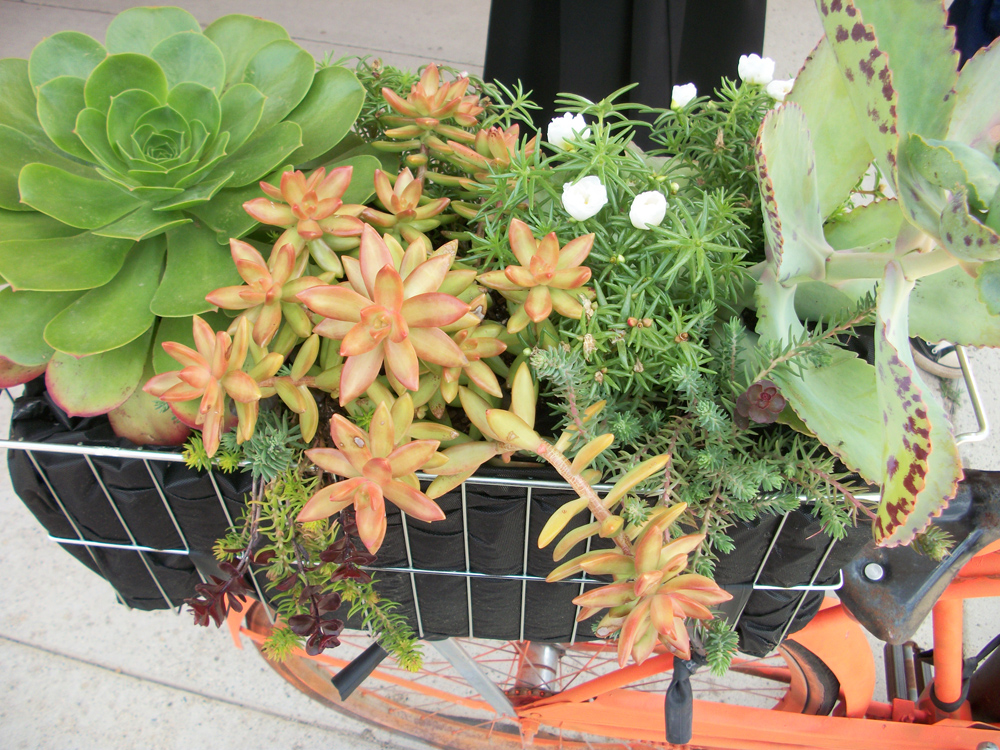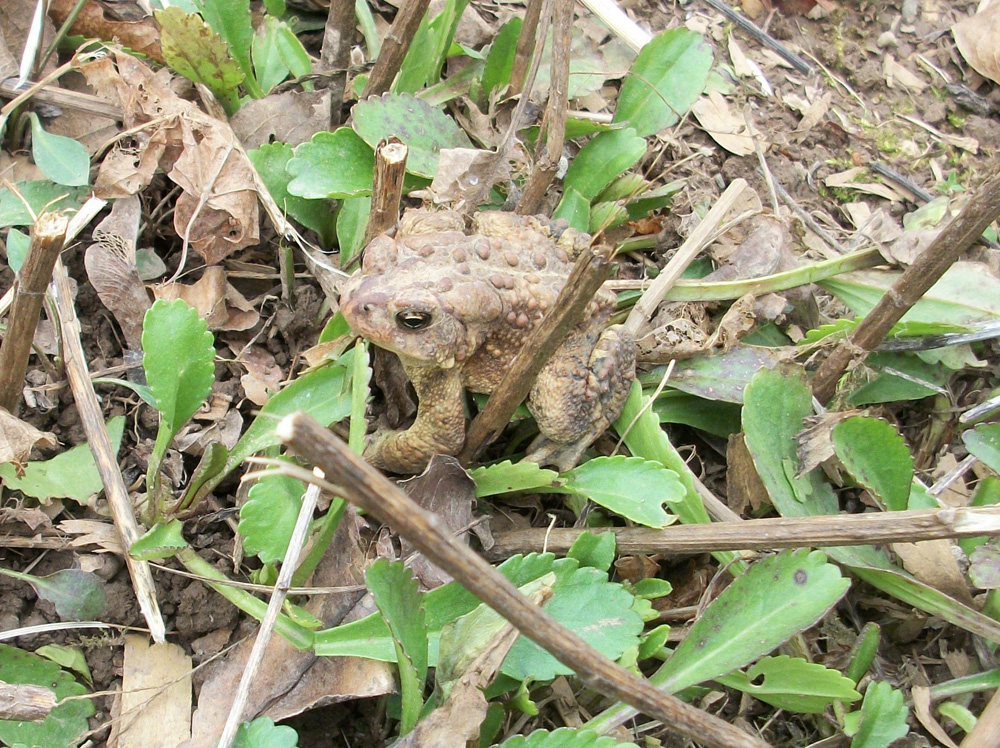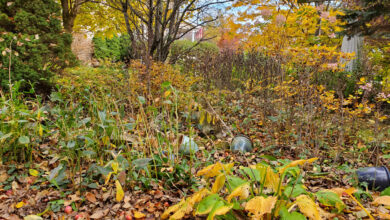Succulents are fun and versatile

Succulents are everywhere, and for good reason. Inside, they make great houseplants and are perfect for dish gardens, terrariums, and fairy gardens. Outside, in your landscape and in containers, succulents offer amazing shapes, colors, and texture.
There is a wide variety of plants known as succulents. The name means fleshy leaves and stems, and, indeed, the leaves and stems of succulents are made to hold water. In arid climates, succulents take up water when it’s available and use stored water when conditions are dry. Many plants are part of the succulent family. These include jade plant and aloe, often grown as houseplants. There is also echeveria, kalanchoe, haworthia, sedums, the classic hens and chicks, and more.
When deciding which plants will work best in what containers, small, low-growing succulents with shallow roots such as echeveria are perfect for shallow dish planters. If you want impressive succulents for outdoor containers, aloe and agave need heavy pots to prevent tipping.
Succulents need bright, indirect light. Some tolerate full sun, but succulents such as aloe can actually get sunburned if exposed to long periods in full sun. You can use succulents temporarily in dark locations – in arrangements such as centerpieces, for example, but if you are growing succulents inside during the winter, you may need supplemental light from full-spectrum grow lights.
Make sure your succulents have excellent drainage. Succulents are adapted for dry soils and will die from root rot if the potting mix is kept saturated for long periods. Choose potting mixes blended for cacti, which will allow water to drain freely. After watering, empty saucers and cachepots, so your succulents are not sitting in water. The best way to water succulents is only when they need it. Check soil moisture on a regular basis – some leaves will shrink inward or flatten when water is necessary. Less is typically better when considering succulents and water.
If you have a dish garden with succulents inside this winter, it may be better to keep it inside year-round. Succulents kept inside will become adapted to lower light levels and full-outdoor sun might permanently damage the plant. If you must move the plants outside, do so a little bit at a time over several weeks so the plants can acclimate.
Many succulents are hardy and make a beautiful addition to your landscape, especially in alpine and rock gardens, or if you want to try some xeriscaping, which is the intentional use of water-thrifty plants to conserve water. Penn State Extension notes that both sempervivums (hens and chicks) and sedums (stonecrop) are hardy to Zone 5. Both come in numerous varieties, and the flowers of sedums attract bees.
In nature, succulents can be found in varying climates. Many succulents are native to arid, desert climates – prickly pear cactus is an example. You can also find succulents in the rainforest. Tillandsia, commonly known as air plants, grow high in the trees and absorb water from humidity in the air. Air plants are especially easy and fun houseplants.
If you haven’t tried growing succulents, make this year the time to start enjoying these fun and amazing plants.






